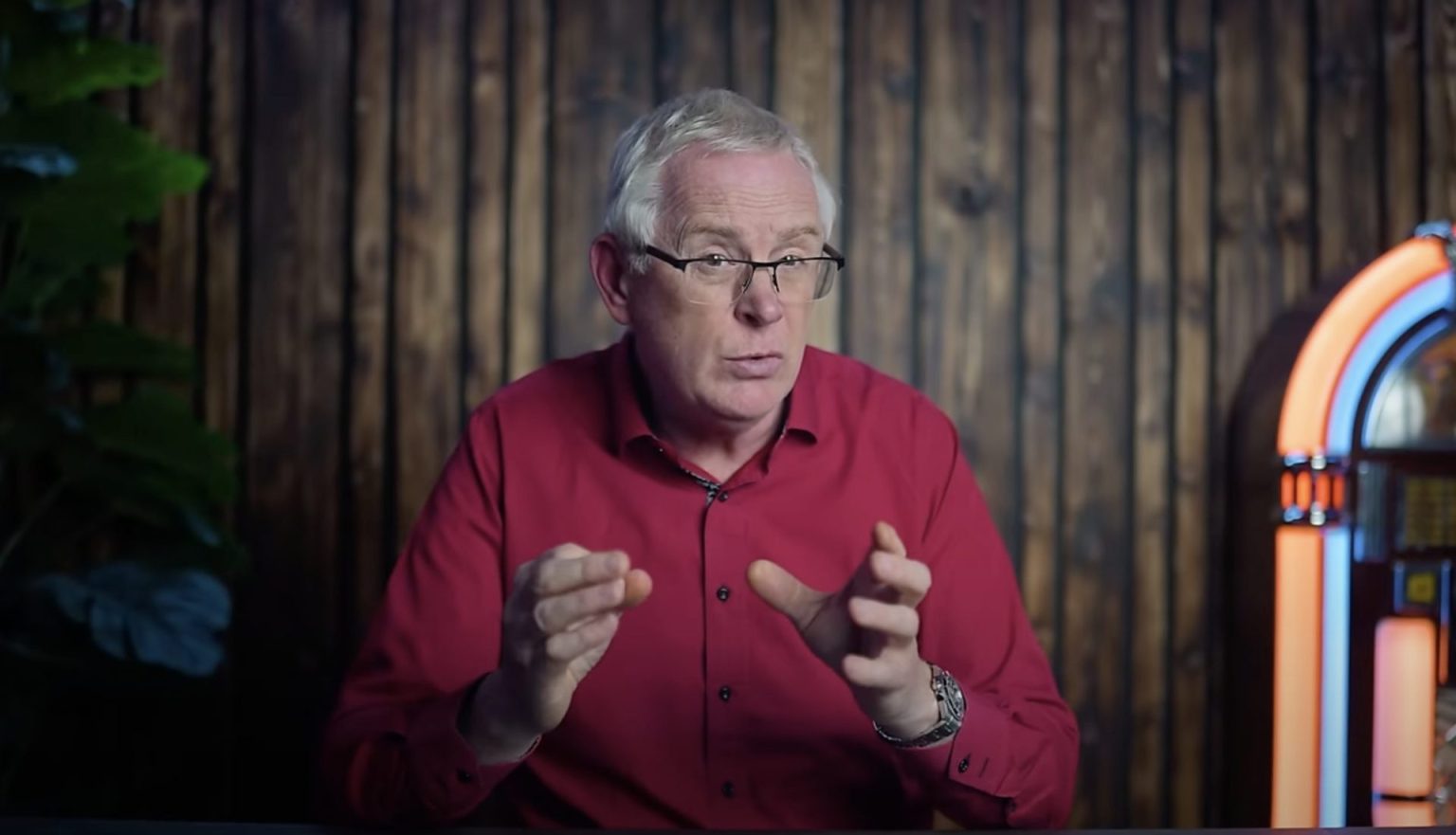The current state of personal finance seems to be a mess, at present. Here’s a YouTube video by Mark Tilbury you’ll want to take a look at. Time is relentlessly moving forward, but millions are still stuck in a cycle of financial mediocrity. It’s staggering to learn that 58% of Americans live paycheck to paycheck, and the numbers are expected to keep rising. The traditional approach—steady employment, small pay raises, and careful saving—isn’t cutting it in today’s fast-paced, unpredictable economy.
The video highlighted a crucial point: as the national debt continues to climb past $36 trillion, it’s becoming more and more evident that our financial system needs a serious overhaul. The idea that slow, steady progress is the key to financial security is being questioned, especially as the world changes so quickly. It seems clear that the system was never really designed to help individuals build true prosperity. The traditional path just doesn’t align with the economic realities we’re facing today.
The Five Stages of Financial Evolution
Through extensive analysis and real-world observation, a clear five-stage process has emerged to help individuals break free from financial stagnation and create genuine wealth. This process isn’t just about making money but transforming your entire financial trajectory.
Stage 1: Recognizing and Escaping Stagnation
The first stage is characterized by financial immobility – staying in the same job for years with minimal progress. Many are trapped here, watching their income barely keep pace with rising expenses. The key to escaping this stage is gaining complete control over your finances.
“Don’t be part of the 58% of Americans living paycheck to paycheck. Take control of your finances by tracking every dollar you spend and automating your savings.”
Essential actions for breaking free from stagnation include:
- Tracking all expenses meticulously
- Distinguishing between essential costs and luxuries
- Implementing automated savings systems
- Building an emergency fund
Stage 2: Ignition – Overcoming Initial Obstacles
The ignition stage presents unique challenges, particularly regarding social dynamics and inflation. Many people never progress beyond this point, making it a critical juncture in the wealth-building journey. Understanding the impact of inflation is crucial—after 20 years of 2.5% annual inflation, a $5,000 savings account today could be worth only $3,051 in purchasing power.
Investment becomes essential at this stage. The S&P 500, for instance, has historically provided average returns of 7% annually after inflation, potentially turning that same $5,000 into $20,000 over two decades. However, it’s crucial to remember that past performance doesn’t guarantee future results.
Stage 3: Acceleration Through the Three C’s
The acceleration stage focuses on three critical elements:
Cash Flow: Developing immediate income streams through side hustles, mainly service-based businesses targeting other companies. This provides the necessary fuel for further financial growth.
Connections: Building a network of like-minded individuals who can provide insights, opportunities, and motivation. The quality of your professional connections often directly correlates with your financial success.
Confidence: Developing the self-assurance to take calculated risks and seize opportunities when they arise. This often means stepping outside your comfort zone and taking strategic action.
Stage 4: Expansion Through Asset Accumulation
The expansion stage focuses on exponential wealth growth through strategic asset acquisition. This stage typically occurs 8-10 years into the journey and involves two primary approaches:
- Diversification across multiple asset classes
- High-conviction investments in specific areas of expertise
The focus shifts to acquiring assets that generate passive income and appreciate over time, moving away from liabilities that drain resources.
Stage 5: Mastery and Legacy
The final stage represents true financial freedom, where passive income exceeds expenses and wealth preservation becomes the primary focus. This stage isn’t just about personal comfort – it’s about creating a lasting impact and helping others achieve similar success.
Financial mastery involves reinvesting profits, mentoring others, and building a legacy extending beyond one’s lifetime. It represents the ultimate goal: complete freedom to choose how to spend your time and resources.
Frequently Asked Questions
Q: How long does it typically take to progress through all five stages?
While individual experiences vary, the journey typically spans 8-10 years for those who consistently apply the principles and take strategic action. However, depending on their starting point and commitment level, some may progress faster or slower.
Q: Is it necessary to have a high income to begin this process?
No, the process can begin with any income level. The key is starting with proper financial management and gradually building momentum through strategic decisions and consistent action.
Q: What’s the most common reason people stay stuck in the stagnation stage?
Many remain stagnant due to fear of change and comfort with predictability, even if it means limited growth. Breaking free requires acknowledging the limitations of traditional financial paths and taking calculated risks.
Q: How important is passive income in achieving financial mastery?
Passive income is crucial for reaching the mastery stage. It provides the freedom to choose based on personal values rather than financial necessity while creating a sustainable foundation for long-term wealth.

